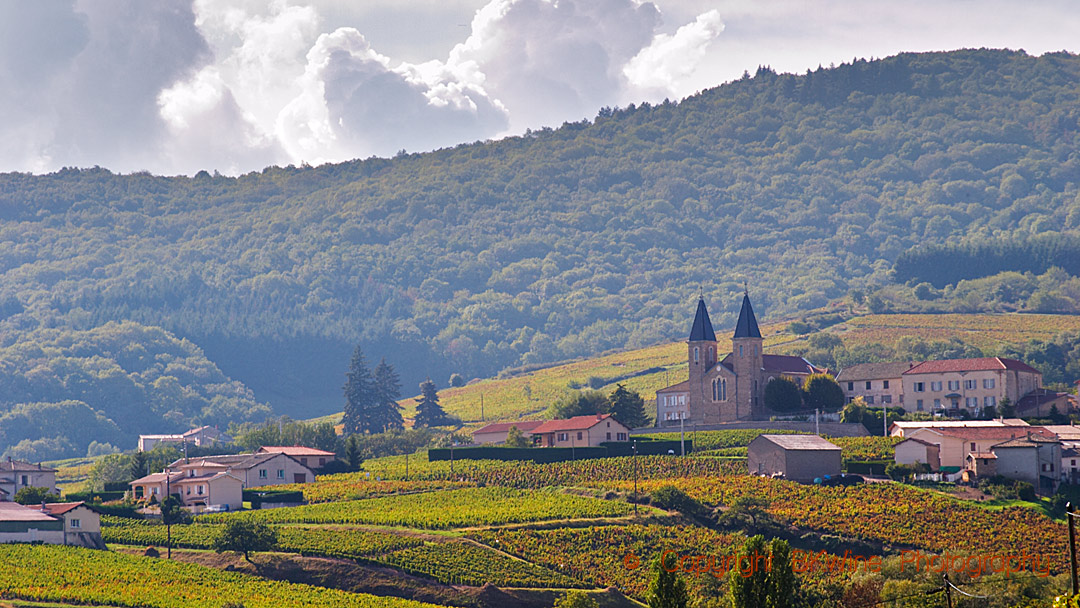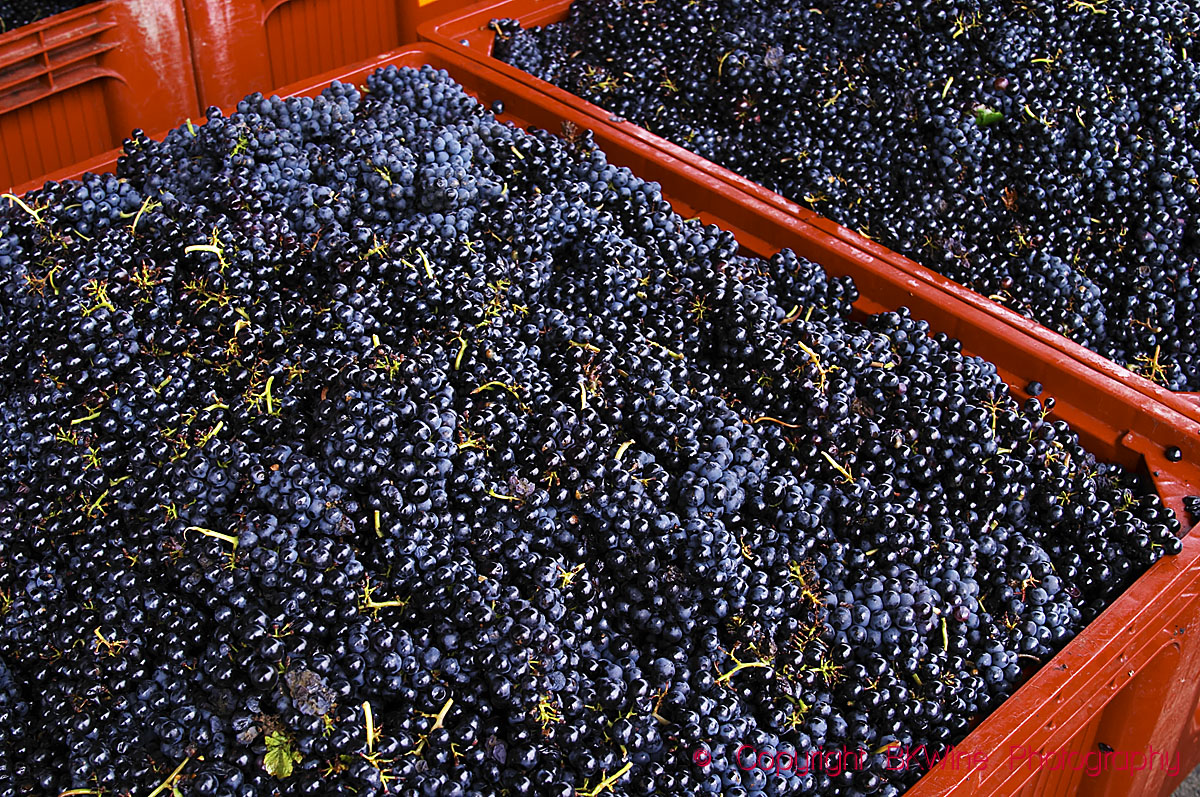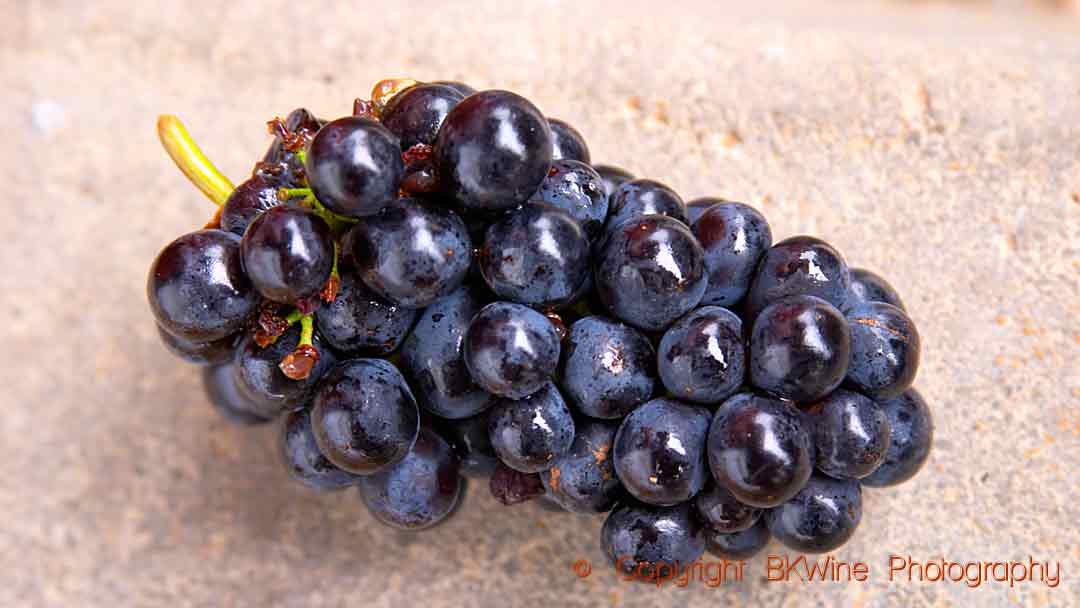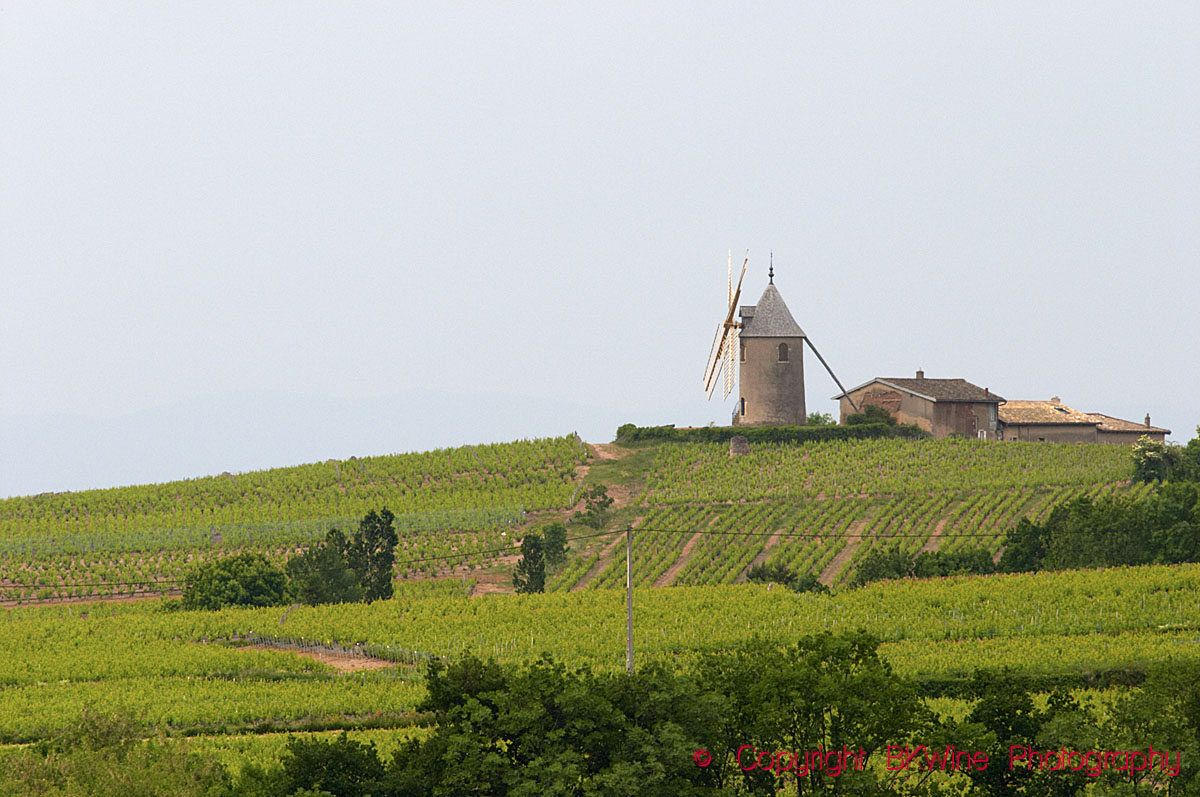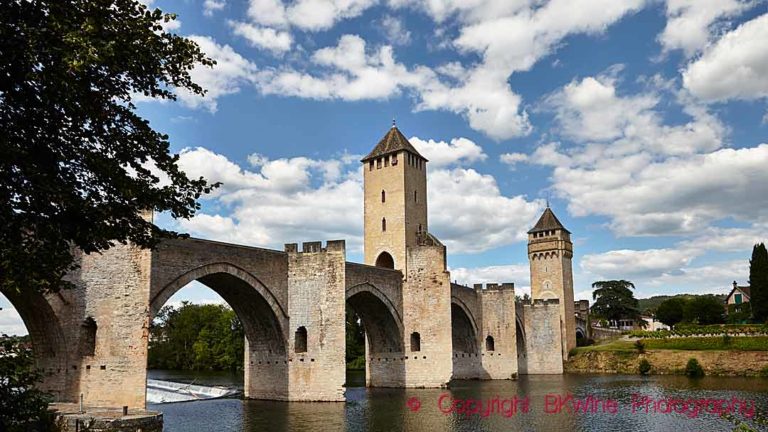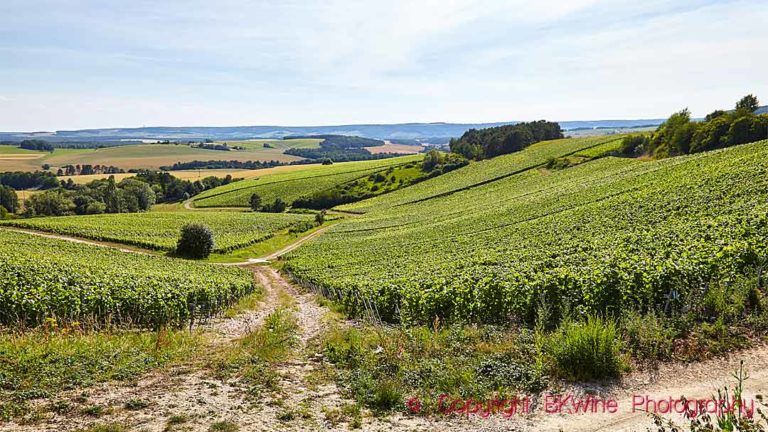Beaujolais is one of the world’s most famous wine districts. There are “regular” beaujolais, beaujolais village, and beaujolais “cru”, from one of the ten villages with their own designation. But perhaps best known of all is beaujolais nouveau, the wine that goes on sale just a few weeks after harvest. It was on a triumphant world tour in the 80s and 90s. But doing fast is not always the same as doing good. So over the years, consumers’ image of the whole of Beaujolais became that it was a light, juicy and simple wine. But now it’s time to rediscover the really good beaujolais. We sent BKWine’s Sven-Olof Johansson on a journey of discovery among some of the best in Beaujolais at the home of the French ambassador.
Creating a trend can go in a jiffy, killing a myth can take decades. Beaujolais gets to live with the connection to nouveau despite the kilometres of copy with tributes to the district. Beaujolais’ top wines on the store shelf have the same price tag as the entry-level wines from the district a few miles north. Business France invited to a master class to showcase the district, and interest was high. Fully booked in no time and a number of well-known wine profiles in the audience testify to a district under scrutiny.
The great promoter of the nebbiolo grape and the advocate of tannins, Alf Tumble, clears his throat, taps the microphone and greets us. We have sqeezed in at the French ambassador’s residence and when the shirt collar rubs a little in the heat, some pictures from Tumble’s book “Nebbiolo-how it works” appear on the retina. Pictures of two guys enjoying a run in Piedmont’s wonderful environment. Beaujolais is a beautiful rolling landscape and after a visit to the region, it is precisely the runs in the landscape that have made a mark in my memory stronger than the vineyard visits. It is more beautiful in Beaujolais than in northern Burgundy.
That it is Alf who should speak is not in the least surprising even if nebbiolo and gamay differ diametrically from each other. For a number of years, Tumble has more than touched on the subject of Beaujolais, and at the podium he presents factual, interesting and instructive rhetoric.
It is half past ten and there is a worrying rumble in my stomach of hunger when the first wine is served. Nope, not gamay but a Chardonnay Domaine des Terres Dorées 2020. Immediately the mouth starts watering and it smells of delicious mineral with more fatness than high notes. Steel tank aged and without added yeast. Nice, slim and slender fruit with a delicious freshness.
The following three wines are traditional carbonic maceration wines where we in the audience have a reasonable chance to find the typical tones from the district. When we reach Chateau Thivin, Côte de Brouilly, Clos Bertrand 2020, the pattern is broken. If it’s because they mixed a splash of chardonnay into the red wine of gamay, we’ll leave it unsaid. Partially destemmed, 10-14 days maceration with the grape skins followed by nine months in oak barrels. Well-composed, voluminous and lovely nose. Dry, nice and deliciously tight and nice length but with a somewhat closed youthful attitude. Someone in the room, with experience of the producer, spoke and gave his view that the wine develops somewhat slowly and needs at least five to ten years to bloom.
One thing everyone agreed on is the ageing capacity of the quality wines from the district. Two weeks ago, Anders Melldén gave a lecture for Munskänkarna with the theme “Ageing wine”. A 2010 Moulin a Vent, Chateau des Jacques was opened and the congregation got to enjoy a wine that has fully blossomed but with retained freshness.
Two more wines caught a little more of the attention but for different reasons. Domaine des Marrans, Chiroubles, Aux Côtes 2019 delivers a soft, stylish and wonderful nose with pleasantly harmonious tones. Dry and delicious fruit with smooth, pleasant tannins that require a little food or at least some fat. What made me react was the price tag of SEK 169 (~17 euro), which is ridiculously cheap for that wine.
Tonight’s winner after a vote with waving arms and spontaneous exclamations was Domaine de la Grand´Cour, Fleurie, Clos de la Grand`Cour 2020. And oh my god what a lavishly beautiful nose. Feminine, slightly floral and with violets dancing into the scent receptors of the nose. Elegant with dry fruit, light tannins and nice features. My neighbour at the table leaned over to me and told me that he had taste a bottle blind of the same wine from 1995 and judged it to be a well-aged Burgundy. This is how it can go and the wine would certainly benefit from a few years of ageing, but apparently no one in the congregation complained about the bottle being opened now.
There was a lot of talk about organic farming and about cultivation with biodynamic philosophy. If you look at the list at Demeter and Biodyvin, only nine producers will be found, but the forecast indicates more soon. The district is bubbling with enthusiasm and as the world’s consumers find their way here, it is likely to be worthwhile increasing efforts in winemaking.


